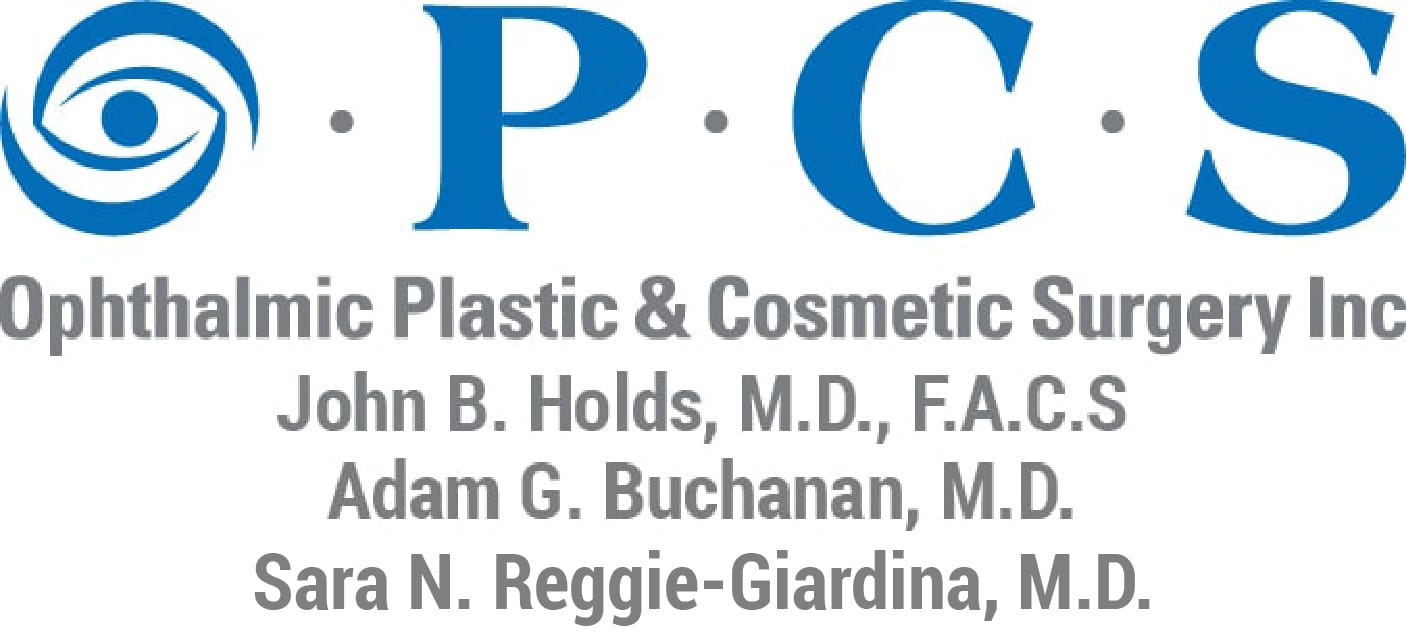Are Lasers the New Facelift?
- Posted on: Aug 15 2019

Navigating through the sea of anti-aging treatments can be a challenge. Very few people have the time and inclination to explore every new treatment that comes along, vetting each for potential value. The truth is that there are three major changes that affect the skin and subcutaneous tissue on the face. There is no singular device or technique that addresses each one. Having more options is great, but also confusing. What most people want is to see results in a way that suits them. As much as one may want to keep their youthful look without surgery, there are reasons to avoid the urge to forget about facelifts altogether.
When to Choose Laser Treatment
Laser treatments are often ideal for people who want to correct mild to moderate signs of sun damage. Ultraviolet light degrades collagen in the skin, leading to problems like fine lines and wrinkles. Even deeper creases and dark spots or mottled skin can improve with laser treatment. Lasers are often the treatment of choice for patients in their thirties who are motivated to slow the onset of tone and textural changes.
Lasers can be ablative or nonablative. Some are both. An ablative laser treatment creates mild micro-injuries to the surface of the skin. Fractional lasers are ablative but only affect a small percentage of the upper layers of tissue. Nonablative laser treatment delivers energy into the dermis, passing over the upper layers of tissue. In either situation, the controlled injury that results from laser energy stimulates an immune response in which more collagen is produced in the treated tissue. New collagen brightens, smooths, and slightly tightens the skin. These treatments do not correct significant tissue laxity.
When to Choose a Facelift
Facelift surgery still has a place in aesthetic medicine. While nonsurgical modalities have continued to improve, they still do not compare with surgical techniques. A facelift can more efficiently address the structural changes that occur in the bone around the eyes and mouth. Today’s facelifts are commonly combined with fat grafting or dermal filler injections to add volume and contour to the mid-face after slack tissue has been repositioned. A facelift also tightens tissue along the jawline and just beneath the chin, something not currently possible with laser devices.
Our St. Louis office is equipped with several nonsurgical modalities. Additionally, Dr. Holds is an experienced surgeon who can clearly identify and explain the correction that is possible with nonsurgical and surgical techniques. To schedule your anti-aging consultation with us, call 314-567-3567.
Posted in: Laser Skin Treatments

